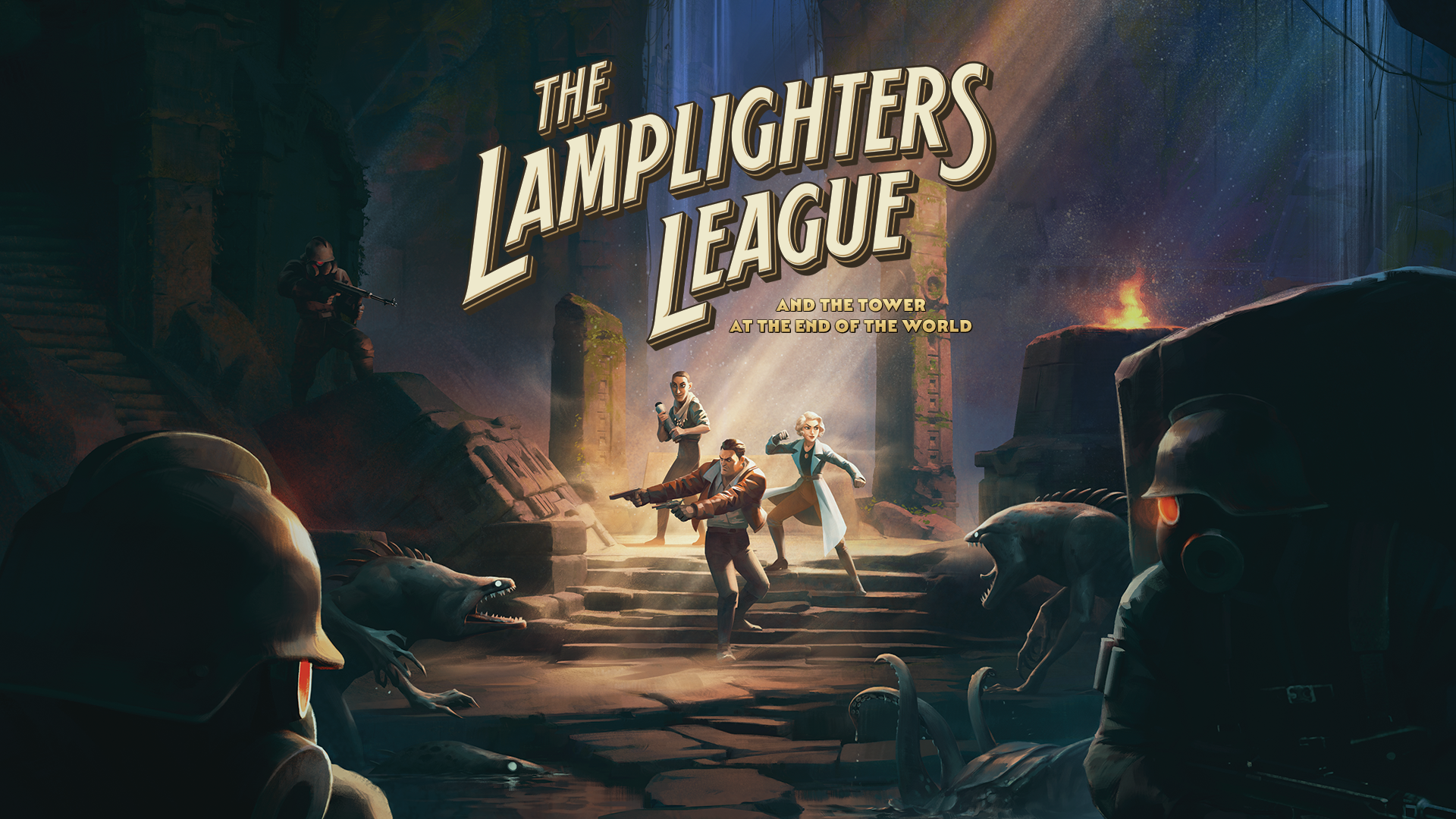Today many gamers complain about the industry being filled with mostly remakes, remasters, sequels, and various spin-offs of long-established franchises. For the AAA sector it’s indeed true – creating new IPs doesn’t happen often in large and well-known studios lately.
However, recently The Lamplighters League and the Tower at the End of the World was released, and… nothing. Not much hype, not much critical praise, and sales (according to the publisher) are underwhelming. So, are original properties not really in demand? Or there is something else going on?
A Bright Idea
Let’s start with a clarification that the term “original” here can be used very loosely. The premise of “The Tower at the End of the World”, the evil Banished Court that tries to reach the Tower’s treasures, and The Lamplighters League that tries to stop the Court – all that makes you feel Deja Vu if you’ve already seen movies about Indiana Jones, Alan Quatermane, Mummy, Librarians, etc.
Those kinds of stories, in fact, are quite common in comics, pulp fiction, cartoons, and even games. Probably, the only novelty that The Lamplighters League brings to the table is a new genre. Though even that is debatable, considering Achtung! Cthulhu Tactics.
However, Cthulhu Tactics was just that – tactics, with a small RPG element. But here we have both turn-based tactical battles and stealth similar to Commandos, plus a global map with selectable missions similar to XCOM. RPG elements are also more prominent, as you develop characters both through unlocking skills with skill points and adding special traits/abilities from The Undrawn Hand cards you get after each mission.
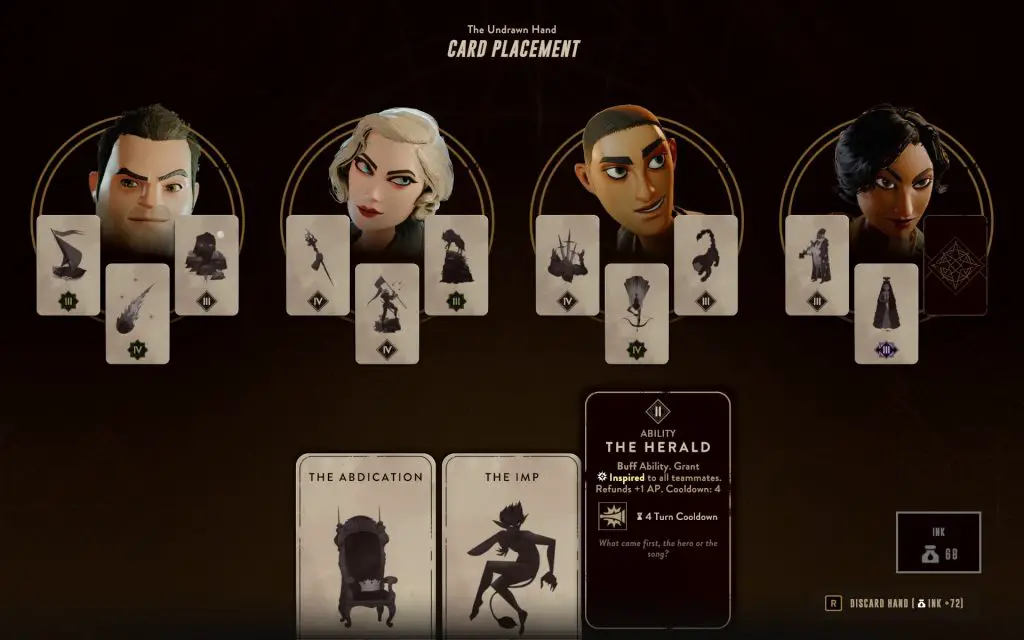
There is even item management. Both equipment and consumables can be produced at your base after you rescue some special allies. And those allies can even improve your entire party’s abilities if you find the necessary resources for upgrades.
And on top of that, you have agents. The main characters of this story, and whose roster expands as you save recruits in special missions. They are quite a colorful bunch – femme fatale blonde with martial arts skill, a master thief who is good both in talking and in misdirecting enemies, veteran-turned-bank-robber with OP gun proficiency, a sniper from a society of elite assassins… Those kinds of people now have to work together and help Loke, the last true Lamplighter to stop the three leaders of the Banished Court from entering The Tower and lay their hands on the primordial magic.
A Lacking Implementation
Of course, it’s for you to play the game and stop the Court. If you win, Locke’s plan will succeed, just like in all those classic movies, comics, and cartoons. And here is why it’s a problem.
First of all, as I’ve said, the story is a straightforward repetition of classic tropes. There are no plot twists or moral dilemmas. Despite the fact that you are presented with choices almost every week, your decision just results in what resource you get or lose. There are no long-term consequences.
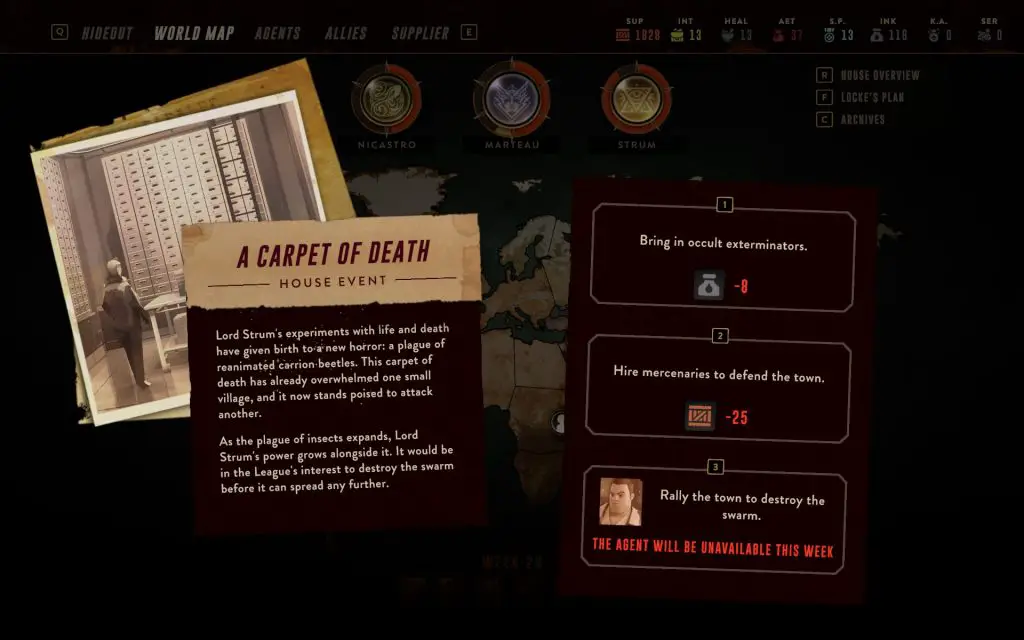
The second part of the problem is that the tone is inconsistent. At one point the game feels like an Indiana Jones-like epic, another like a cartoon, and then you have some attempt at Lovecraftian horror. Those combinations simply don’t work. At least not in this game. And our agents in the field – who are they? Scoundrels, best of the worst Locke was able to find? Sometimes it feels like that. And other times it feels like they are like Avengers – at least their quips are of the Marvel humor variety.
The feeling I personally have most of the time is that scriptwriters simply forgot that they wanted to have morally grey characters, who aren’t just your cookie-cutter heroes. And only at the last moment decided to add some “fluff”, like Eddy the-supposed-bank-robber saying that he is going to ditch everyone at the first opportunity, or Ingrid (that femme fatale martial artist) suggesting to master thief Lateef to hide some artifacts just in case. And those moments just don’t feel genuine.
Leaders of the Banished Court, however, are typical cartoon villains. Evil Capitalist, Evil Priestess of Totally-Not-Cthulhu, and an Evil German Guy with a Superiority Complex. Gee, I wonder what the writers were hinting at with the last one… Though to be fair, there is one cool idea about those three. They work together to unlock the way to The Tower’s power but at the same time, they also scheme against each other – making notes about other’s troops’ weaknesses (that you can read to learn some tactical hints), stealing artifacts for themselves instead of using them for the common goal.
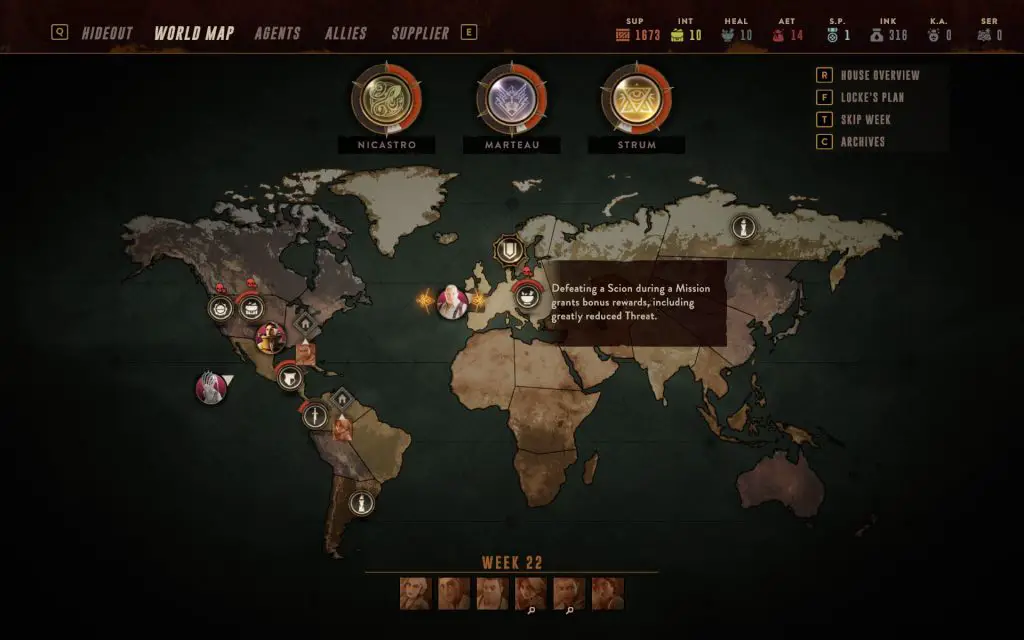
Squabbles among Banished Court leaders are reflected even on the global map. Each of the three has a separate “Doom Clock” that shows how close they are to entering The Tower. And as that “clock” progresses, the corresponding leader and their acolytes become stronger on the battlefield (gain additional abilities, higher stats, etc). Though you can encounter leaders only on some missions, those are the ones that bring you additional pain. Or reward.
Because you see, a reward for the mission isn’t just resources and artifacts you find, not just progress for the story (in the case of story missions). Various missions also make “Doom Clock” go back, thus delaying the moments when your enemies become stronger. And defeating one of the leaders set them back far more than just winning an ordinary mission. So, it’s for you to decide – risk the confrontation for greater global effect, or just sneak by and leave without risking serious damage.
In the field
And here we go to the meat of the game – the missions themselves. My impressions of them are also a mixed bag.
On one hand, there is quite a variety of actions and options. Especially at the later stage of the game. Instead of rilling all the enemies you can scare them off by filling their “stress” meter, or use stealth to just sneak by. Combining the approaches by eliminating some enemies in stealth and the rest in a turn-based fight is also a valid approach.
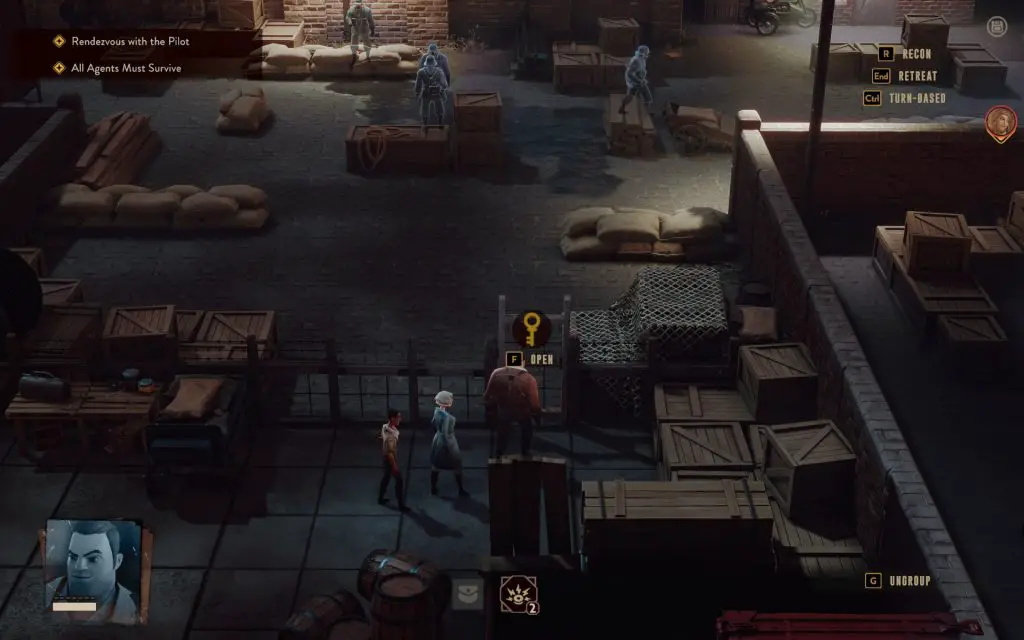
You can also switch to turn-based fight yourself when the enemies are in the worst (for them) positions. Or you can step on the edge of their “cone of vision” and when they move to check for that position (they don’t usually raise alarm yet) start the fight thus luring some guards further from the rest of the troops.
However, there is a problem – most of the aforementioned maneuvering is more likely to succeed due to your luck and not careful planning. After all, it’s hard to plan beforehand in this game since you can only control one agent at once and on pause (here it’s called recon mode) you can’t switch characters or give orders (like in Commandos/Desperados). The fact that you can see enemies’ “cones of vision” only from up close, heck you can only see enemies if they are close enough and aren’t behind obstacles, doesn’t help to analyze and plan either.
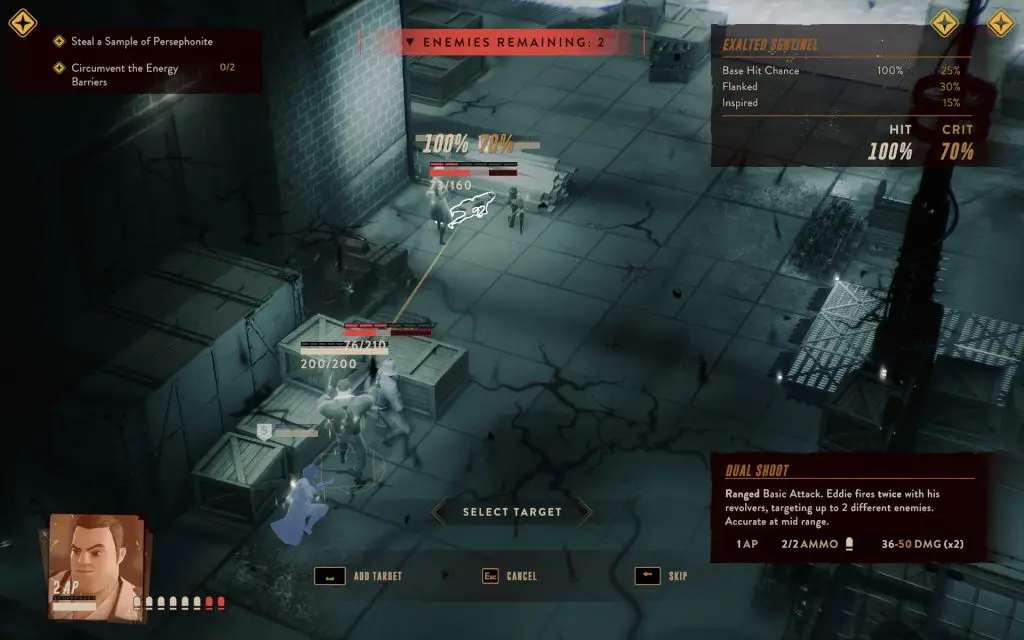
During turn-based combat you will feel at home if you played XCOM – even 2 Action Points baseline is the same. You can use 1AP to move or attack or use a special ability or an item. Later in the game agents will get passive abilities that restore AP in certain conditions. Plus enemies can be killed “for free” during their panic attacks (that also means moving your agent to that scared target without cost). Eddie and Ingrid due to their skillsets can take the most advantage from that mechanic.
But, again, the problem is that the interface doesn’t help with the planning. For example, you can see how likely your attack will hit from the point your agent stands. But what it will be like if you move to a new position? No way to know and guessing isn’t good either – too often some obstacle or distance lowers the hit probability and you (or at least I) couldn’t see it from the perspective you are given. Of course, you shouldn’t even dream about canceling your move like it was in Into the Breach.
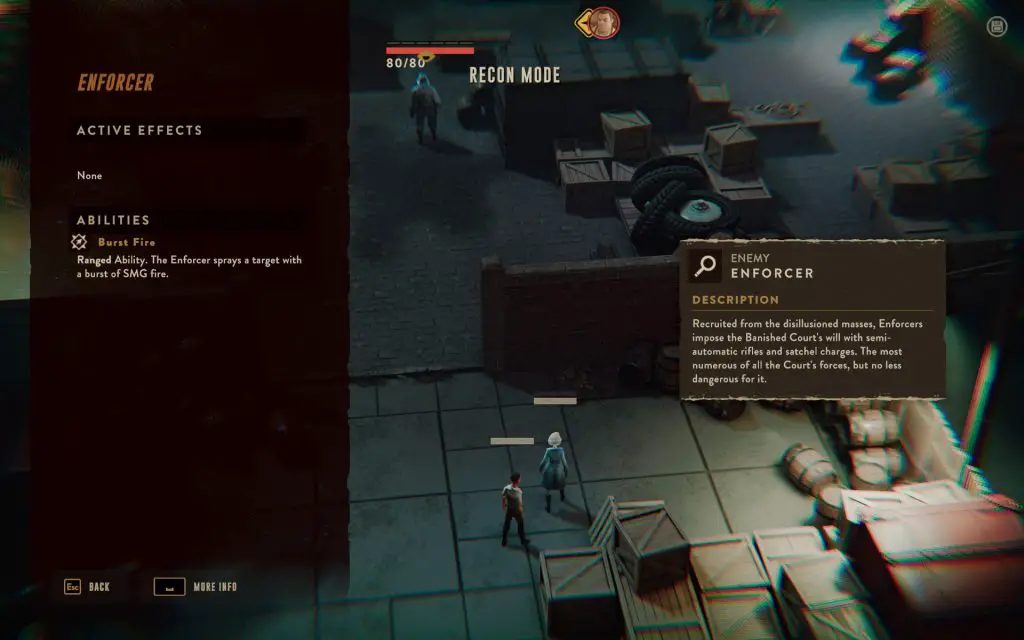
Even missions themselves are not made with planning in mind. You can only discover things as you go, you won’t be able to know if you can steal the artifact without a fight or guards will be alerted anyway unless you try it once. There are even some obligatory battles that start when scripted reinforcements arrive.
Missed opportunities
Those obligatory battles that are activated by the script disappoint me greatly. Not because they are there but because they are the only thing that is there activated by scripts. Scripted events can be a powerful tool both for enhancing the narrative and enriching the gameplay. With those one can make bosses that the player must find a weakness for, or various types of puzzles, or introduce something that changes the situation entirely – an ally to protect or an entire level transforming.
Yet what Harebrained Schemes did? Just a few levers to open special doors in the distance and fire-floor traps that were activated by timer and needed to be traversed with timely stepping. And there is a boss in the final mission. In fact, all those mentioned “special” moments are in story missions. Nothing interesting happens in ordinary operations except some “phenomena” that buff certain enemies or abilities but don’t cardinally change how you play.
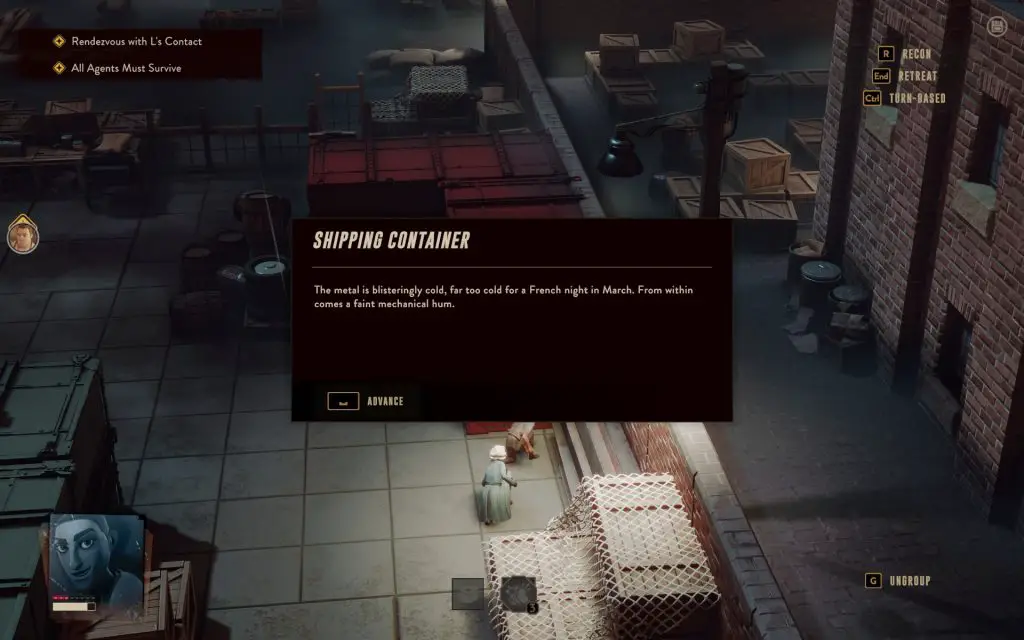
Another missed opportunity is “points of interest”. Those you find from time to time during missions and upon examining them get some information about the world or comment about the environment (for atmosphere). There is even an archive of sorts where all those records and comments can be read between missions. UFOpedia of sorts. Except those archives aren’t nearly as useful as UFOpedia and there is no incentive to look for those “points of interest”. Was it so hard to make the information inside more relevant? Or at least give one or two “skill points” for discovering those records? I mean, you get about a dozen SP after mission anyway and a few bonus points would be a nice reward for extra exploration.
The story itself has missed the mark quite significantly. In addition to tonal jumps, it fails in the pacing and drama department. There is too much exposition about Locke’s plan to strip the Banished Court from their magical powers using a special “atrophic device” practically at the start of the game. Was it so hard to wait with all that stuff until after you discovered the Court’s source of power? That would be a far better point of reveal.
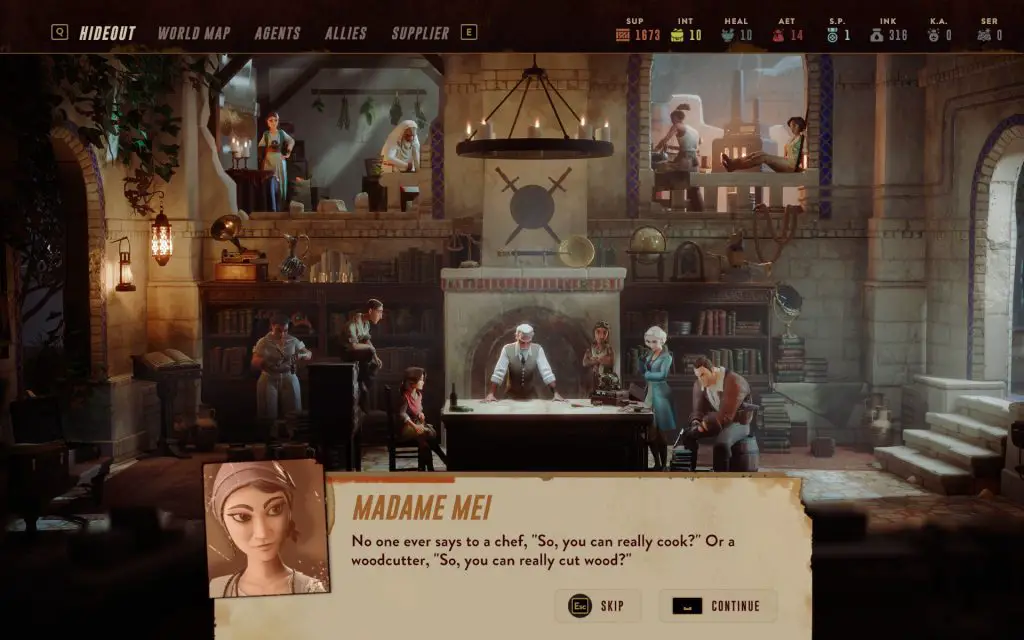
On the other hand, issues that come up in “optional” dialogs, that pop up from time to time as exclamation marks when you enter your base screen, often aren’t resolved properly. All the talk about “Undrawn Hand” cards leads to just some pretentiously sounding phrases. Anna-Sophia, one of your agents who has healing ability, was kicked out from the Magdalite Order for breaking the “No-kill” vow and thus had arguments with Mother Amina, an ally who manufactures healing items. Loke even wonders if she still has her healing ability. Why? It’s never actually explained – she can heal just fine and there is no reason for the Magdalites’ oath. Apparently, writers just saw such conflict between pacifist order and the necessity to kill but never understood what it was about.
And that’s how most of the story themes go. They are mentioned, characters voice their opinion as if they were going through the obligatory motions, and then – nothing. No deeper thought, no debate, no revelations that would be even remotely interesting, let alone helpful in the game itself.
Heck, when our first three agents meet fire mummies in one of the introductory missions, they immediately freak out but then just the next mission go with business as usual attitude. Who cares that there are other agents who actually familiar with the supernatural and even use magic? There is practically no difference in reaction between those who deal with weird stuff on a daily basis and those who have just discovered the existence of a “secret world”.
The League of Ordinary Lamplighters
In all honesty, the game isn’t bad. It has quite a few good ideas, challenges for the players, and even a variety of ways to beat each mission.
However, those bright ideas and moments only punctuate the problems with the game’s implementation and missed potential. I so looked forward to feeling like I was one of the Mummy movie protagonists, who was caught up in a race against an evil cult searching for ancient artifacts that will decide the fate of the world. But every time I tried to immerse myself in The Lamplighters’ world and the story, that immersion was broken by a poorly designed interface and underwhelming plot developments.
Maybe I could have forgiven a less experienced team for not solving those problems but Harebrained Schemes already have a few quite successful games under their belt. That includes games with RPG elements, base management, and turn-based tactics. Though to be fair, BattleTech had similar problems with its story.
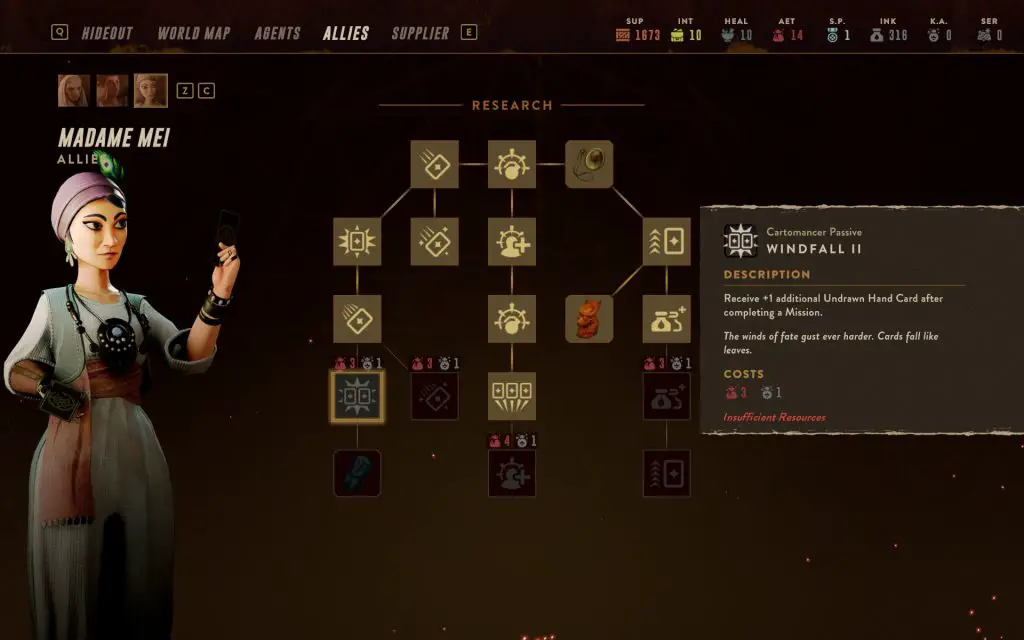
All in all, I would recommend this game but only when it’s on sale. If you like movies about Indiana Jones and Mummy, if you’ve already beaten all the aliens in XCOM and Nazis in Commandos, playing this game will scratch your itch in all those types of experiences. It’s just too bad that The Lamplighters League doesn’t master each of those experiences the way certain games do that focus on just one area.


